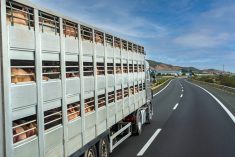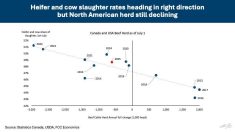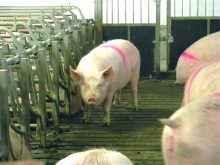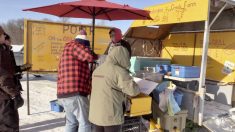Glacier FarmMedia – A sick pig doesn’t want anyone to know it’s not well, and that can stop even the best barn staff from intervening before the animal’s condition worsens.
With smart technology and artificial intelligence, it should be possible to flag illness long before humans can identify it, Tami Brown-Brandl of the University of Nebraska said during the Manitoba Swine Seminar earlier this year.
“This is an animal hiding its symptoms for three days,” said Brown-Brandl, displaying images from a camera system that identified a sick pig everyone else had missed.
Read Also
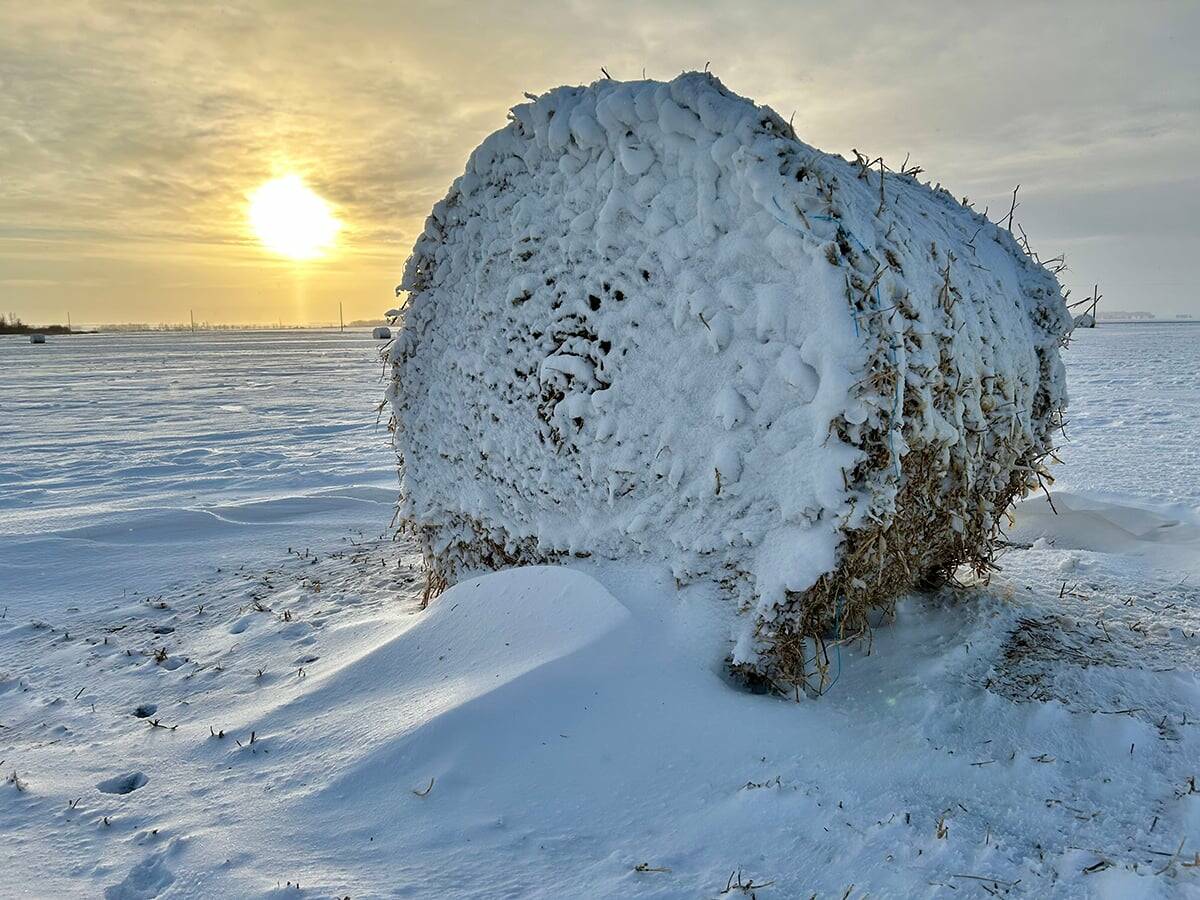
What is perfect Christmas weather?
What is ‘perfect’ Christmas weather on the Prairies? Here’s where you should head this holiday, according to historical weather data.
“If we can have tools like this to highlight changes in behaviour, we’re going to pick it up way before you can with your eyes and your ears in a barn, even if you’re really good at your job and even if you’ve been doing it a long time.”
In this case, the pig had pneumonia. The hog barn worker had 35 years of experience, but did not realize there was a problem.
Brown-Brandl noted that pigs hide symptoms of sickness from pen mates and humans. As prey animals, a show of weakness can be deadly.
That’s where cameras and other sensors, combined with good analytical systems, can fill in gaps.
Such systems will become more important in open housing for gestating sows, in which workers are unable to carefully monitor each animal.
“When we take her out of this position and put her in open housing, we lose a lot (of insight),” said Brown-Brandl.
Cameras could help maintain assessment of feed intake, body condition and even lameness, she noted. Systems aren’t easy to develop, however. They need to preserve biosecurity, require little maintenance and be easy to use.
Research suggests the challenge is not insurmountable.
Big animal care companies including Merck, Zoetis and Boehringer-Ingleheim are snapping up animal AI startups. Development of the technology will likely be rapid.
“If we can add technology to the barn, then we can have new people in the barn making decisions much easier than we can find that animal caretaker with 30 years of experience,” said Brown-Brandl.
– Ed White is a reporter with The Western Producer.




